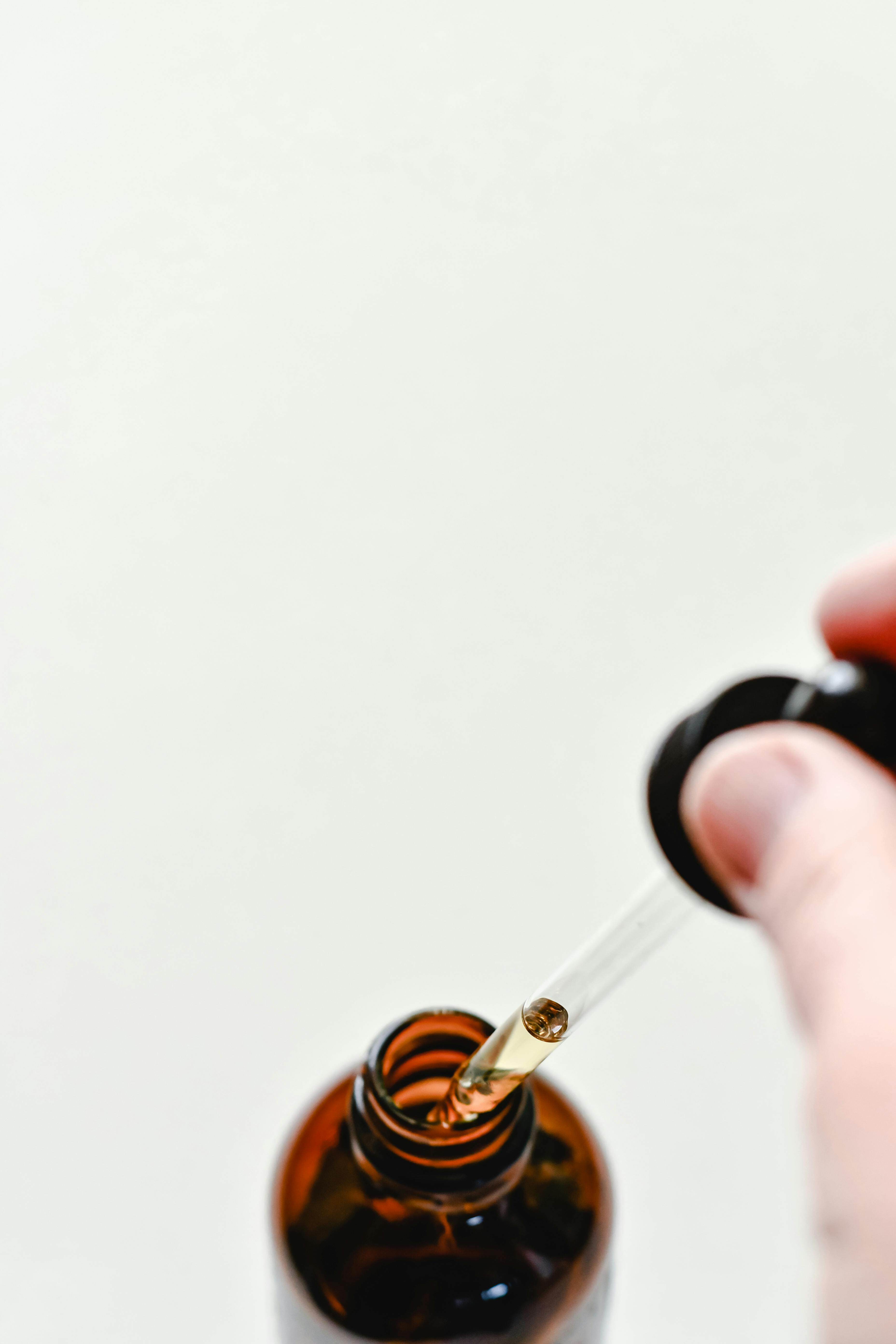Smart Ways to Wash Microfiber Towels for Best Results in 2025
Microfiber towels are indispensable tools for cleaning, offering exceptional dirt and moisture absorption capabilities. This article guides you on how to wash microfiber towels effectively to maintain their performance and longevity. Proper care not only boosts their cleaning efficiency but also extends their lifespan, making them a valuable asset in your cleaning arsenal.
This article will cover:
- The basics of washing microfiber towels
- Washing tips for different types of microfiber
- Best practices for drying and maintaining microfiber towels
- Safe washing and care methods to prolong their lifespan
- Common mistakes and how to avoid them
Read on to discover how to keep your microfiber towels in optimal condition for effective cleaning.
Essential Tips for Washing Microfiber Towels Properly
When it comes to washing microfiber towels, following specific guidelines is crucial. Start by sorting towels by color and type to prevent bleeding and damage. Use warm water to wash microfiber towels, as hot water can break down fibers over time. The recommended wash cycle for microfiber towels is gentle, which helps prevent fabric wear. Consider using a microfiber towel detergent that is free of bleach and fabric softeners, as these can ruin the fibers.
For optimal water temperature, aim for around 140°F (60°C). This temperature is effective for cleaning while being gentle enough not to damage the towel's integrity. Always avoid softeners, as they can coat the fibers, reducing their efficiency. Implementing these washing tips for microfiber will ensure that your towels remain effective for cleaning.
Common Misconceptions About Washing Microfiber
Many people have misconceptions about how to maintain microfiber towels. One common myth is that all laundry detergents are suitable for microfiber. In reality, conventional detergents may contain additives that can harm microfiber. Using eco-friendly cleaning agents is a safer choice, giving your towels a longer life. Another misunderstanding is that microfiber towels should be washed with other fabrics. To prevent pilling and friction damage, always wash them separately or with similar materials.
Best Practices for Microfiber Towel Cleaning
Here are some effective microfiber towel cleaning tips to follow:
- Soaking: If your towels are heavily soiled, soaking them before washing can save time and effort.
- Inspection: Before washing, inspect towels for stains and treat them with a stain remover designed for microfiber.
- Load Size: Avoid overloading the washing machine, as this can prevent thorough cleaning and rinsing.
By adhering to these best practices, you’re ensuring the longevity and cleaning power of your microfiber towels.
Drying Microfiber Towels: Techniques and Tips
After washing, proper drying techniques are essential for maintaining the quality of your microfiber towels. It’s best to avoid tumble drying at high temperatures. Instead, use a low heat setting or air-dry to prevent the fibers from melting or losing their effectiveness. Drying microfiber towels in direct sunlight can help eliminate bacteria and sanitize the fabric but always check the manufacturer’s instructions first.
Additionally, when air-drying, hang them in a well-ventilated area. This method allows moisture to evaporate without overheating the fibers. Some prefer using a dryer ball to help separate towels while they dry. This helps reduce clumping and enhances airflow, leading to soft, fluffy microfiber towels.
Common Mistakes in Drying Microfiber Towels
Many make critical mistakes when it comes to drying microfiber towels. A common error is using fabric softeners in the dryer or during washing. These products can leave a residue that reduces absorbency. Excessive heat settings can cause microfiber to degrade faster, ultimately shortening their lifespan. Opting for air drying is a smarter choice when preserving the functional properties of the towels.
Microfiber Towel Care: Beyond Washing
Caring for microfiber towels goes beyond washing and drying. Proper storage is essential in maintaining their quality. Store them in a clean, dry place away from direct sunlight and chemicals. Keep towels in breathable bags or bins to avoid moisture buildup that can lead to mold. Regularly check storage areas to ensure they remain clean and free of contaminants.
It’s also beneficial to replace microfiber towels about every three to five years, depending on usage frequency and cleaning methods. Over time, the fibers may become worn out, affecting their cleaning performance. Understanding how to maintain microfiber towels effectively ensures they continue to be a valuable part of your cleaning routine.
Identifying When to Replace Microfiber Towels
Knowing when to dispose of microfiber towels can enhance your cleaning efforts. Check for signs such as loss of texture, fraying, or discoloration during your maintenance routine. If towels no longer pick up dirt and grime effectively, it’s a sign they need replacing. Regular evaluations help maintain optimal cleaning performance and avoid the pitfalls of using worn-out towels.
Microfiber Towel Cleaning Methods: Advanced Techniques
For those looking to elevate their microfiber towel care, consider advancing to more sophisticated cleaning methods. One option is UV microfiber towel cleaning, which effectively sanitizes without relying on detergents. This technique is particularly useful for cleaning towels used in hospitals or food service, where hygiene is paramount.
Another technique involves using baking soda and vinegar for a natural deep clean. Mixing these ingredients can break down grime and restore absorbency. This method is eco-friendly and safe for both the environment and your microfiber. Implementing advanced techniques can appropriate for varied cleaning settings while ensuring they remain effective and durable.
Eco-Friendly Microfiber Towel Cleaning Solutions
Adopting eco-friendly options in your cleaning regimen contributes positively to environmental health. Look for biodegradable detergents designed for microfiber cleaning. These products do not contain harmful chemicals, ensuring a safe wash cycle for your towels while being gentle on the planet. This approach aligns with growing consumer trends focusing on sustainability and reducing environmental impact.
Q&A Section: Common Questions About Microfiber Towels
How often should I wash my microfiber towels?
Washing frequency depends on usage. Generally, if used for heavy cleaning tasks, wash them after 3 to 5 uses. For light cleaning, every 10-15 uses is acceptable. Regular washing prevents dirt accumulation, enhancing their lifespan.
Can I wash microfiber towels with other fabrics?
It's best to wash microfiber towels separately or with similar microfiber materials to prevent damage from other fabrics. Mixing can lead to pilling and can reduce their effectiveness.
What’s the best way to remove stains from microfiber towels?
For tough stains, it's advisable to pre-treat them with a gentle stain removal solution before washing. Ensure the solution is compatible with microfiber to avoid damage. Wash promptly to prevent stains from setting.

Are there any specific drying instructions for microfiber towels?
Yes, avoid high heat. Use a low or air-dry setting to prevent the fibers from melting. Air drying in a well-ventilated area is also effective, helping maintain their structure and absorbency.
Do fabric softeners damage microfiber towels?
Yes, fabric softeners should be avoided as they can leave a residue that reduces the towels' absorbency and cleaning power. Stick to detergents specifically formulated for microfiber to maintain effectiveness.

